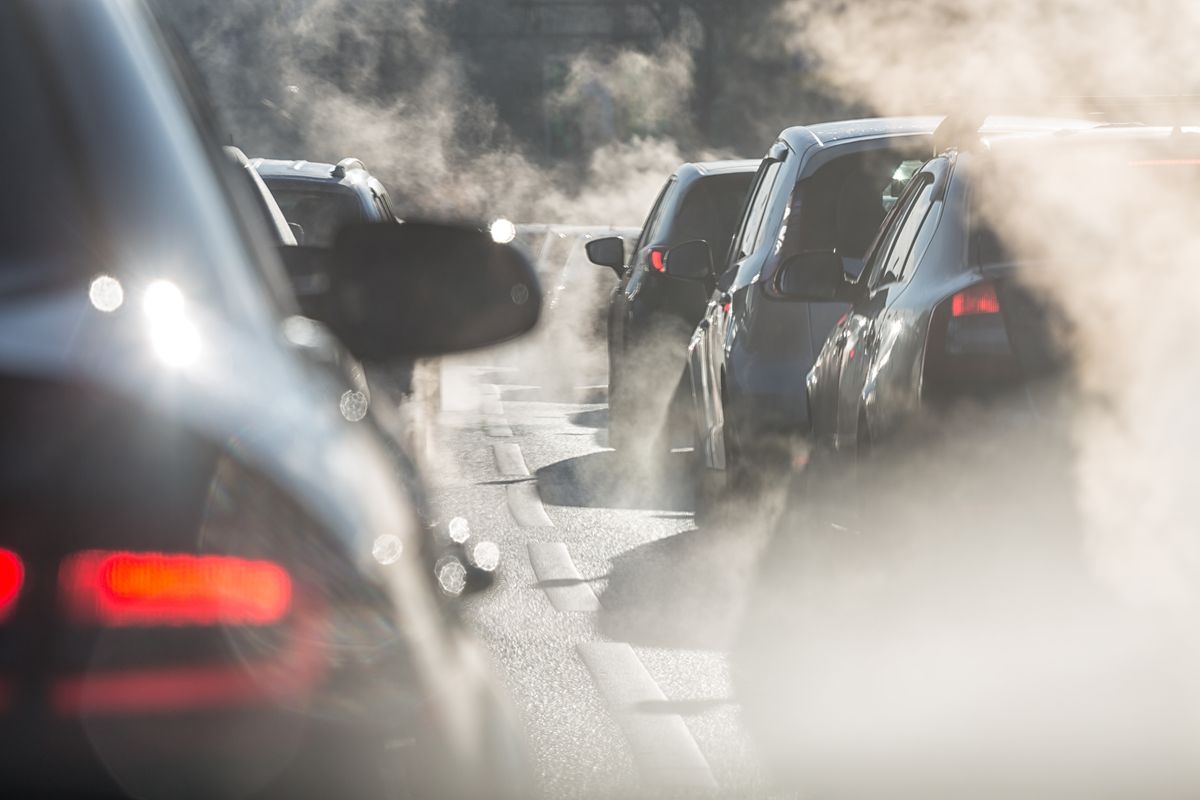Beginning in 2035, all new cars sold in California will be zero-emission due to new rule

The California Air Resources Board (CARB) adopted a rule on Thursday that will require automakers in the state to sell only new zero-emission or plug-in passenger vehicles beginning in 2035. It will codify Governor Gavin Newsom’s executive order from 2020.
Known as Advanced Clean Cars II (ACC II), the rule will require automakers to enhance the production of cleaner vehicles starting in 2026 and scale up sales year-to-year until there is a full phase-out of fuel combustion cars, trucks and SUVs.
“A clean transportation sector is essential to protect the health of both our communities and our climate,” said CARB Chairwoman Liane Randolph. “It is critical that all Californian’s are able to access [Zero-Emission vehicles].”
The new clean vehicle policy does not mean Californians will be forced to dump their gas-guzzling vehicles. Drivers will be allowed to keep their existing cars, purchase used vehicles. Other states, who are allowed to adopt California’s clean cars measure through the Federal Clean Air Act, are expected to adopt similar rules in coming months.
ACCII is also expected to bring continued commitments and investments from state and federal leaders to improve the energy grid and electric vehicle infrastructure. CARB predicted that the demand for electricity will increase by 68% and the California Energy Commission predicted that it must add about 400,000 additional public chargers statewide to meet the need for electric vehicles.
Many environmental groups statewide praised CARB’s vote, saying the move to clean vehicles will both provide much-needed relief to some of the state and nation’s worst polluted areas and expand access to electric, plug-in and hydrogen vehicles.
The American Lung Association (ALA) says their research supports the need for the transition away from combustion engines. ALA’s Zeroing in on Healthy Air” report noted that California could experience $169 billion in public health benefits by 2050. Will Barrett, national clean air advocacy director with ALA, says the adoption of Advanced Clean Cars II, can help bring a widespread shift to zero-emissions transportation and an all-electric grid.
“We view this as a critical rule that will ensure California gets on track to reducing pollution from the transportation sector,” said Barrett in a phone interview with The Frontline Observer. “We simply can’t meet our health, clean air and climate standards without a rapid and robust transition to zero-emission technologies.”
Others were less enthusiastic. A representative with the Western States Petroleum Association (WSPA) shared during the public hearing that the state can’t solely rely on electricity for its transportation network.
“We believe that Californians should be able to choose a vehicle technology, including electric vehicles, that best fits their needs based on availability, affordability, and personal necessity,” said WSPA Vice President for Climate Policy Tanya DeRivi.
Marven Norman, a policy specialist with the Center for Community Action and Environmental Justice (CCAEJ), says the new rule will help reduce emissions in the Inland Empire, where many vulnerable communities are being impacted by emissions from transportation sources. Nonetheless, he believes the state must take more urgency in rolling out a higher percentage of zero-emission vehicles sooner than later.
“The need is urgent,” he said. “The current timeline risks forfeiting [California's] status as leaders on climate issues, while exacting real impacts on frontline communities in the process.”
